Consumerism has made its presence more forcefully known in healthcare over the past few years, owing in large part to accelerations stemming from the pandemic.
In many ways, this has been a positive development for the industry. The emergence of telehealth services expanded access to care for patients when in-person treatment went offline during the spring of 2020. Similarly, more healthcare organizations embraced apps as a way to move medical information directly into patients’ hands.
Still, healthcare consumers aren’t entirely satisfied. Access issues remain, prices aren’t fully transparent or affordable, and outcomes haven’t improved in kind. More health information, devices and diagnostics are available with the swipe of a phone than ever before — but it’s not enough. It begs the question: what more can medical marketers do?
For starters, healthcare organizations can recognize that consumers are interacting with a complicated system. Too, the industry’s consumer base is diverse in myriad ways, with all walks of life in need of unique care options.
A 2021 Oliver Wyman survey noted that true consumer segmentation is “often entirely overlooked by healthcare incumbents.” Additionally, the survey found that activating unengaged healthcare consumers will “require a more intensive set of outreach strategies,” which means more work to land the most difficult members.
It’s no surprise that many consumers are overwhelmed by the abundance of – and at times conflicting – medical information available to them, according to Ellyn Davidson, CEO of Brogan & Partners.
To solve this issue, Davidson said pharma companies should prioritize educating consumers and providing credible information. She added that pharma companies collaborating with nonprofit organizations have a unique opportunity to improve patient experiences by offering targeted guidance to consumers.
Additionally, by being “obsessed” with consumers like retailers are, Davidson said healthcare brands can tap into what their customers want. For many years, healthcare brands didn’t evolve with the times because they didn’t have to, she said, which made the changes that took place at the start of the pandemic so seismic in nature.
Davidson said she is optimistic about healthcare brands rising to meet the expectations of the modern consumer, but urged marketers to be more proactive.
“Given how much data we have at our fingertips, if marketers aren’t using that data, they’re making a big mistake,” she explained.
With most consumers existing and interacting in the digital realm, there is an outsized opportunity for medical marketers to embrace the more sophisticated marketing strategies found in other verticals, according to Brian Wallace, president of NowSourcing.
In pressing medical marketers to try their hand at visual storytelling, Wallace said the time has come for healthcare brands to take center stage. While noting that there are limits to what healthcare organizations can say in their marketing, he noted that consumers are responsive to compelling media that speaks to their needs.
“As long as you understand the boundaries you play in, there’s no reason that you can’t make great content like every other industry has been doing for much longer,” Wallace said.
The next phase of understanding consumer expectations will be creating messaging for younger, digital natives. This involves a level of customer-centricity and digital transformation typically reserved for media companies – but one that doesn’t come naturally to medical marketers.
Additionally, there needs to be a focus on a more preventative approach to healthcare messaging that differs from the care delivery of the past. Younger healthcare consumers value convenience and immediacy of care, Wallace said, which alters the competitive landscape among healthcare institutions.
“Now that you can’t put everything back into Pandora’s Box, there’s no being complacent and not digitally transforming your organization,” Wallace stressed. “People are leaning in. It’s certainly prevalent for the enhanced digital side of the budget; they’re understanding that content has its value.”










